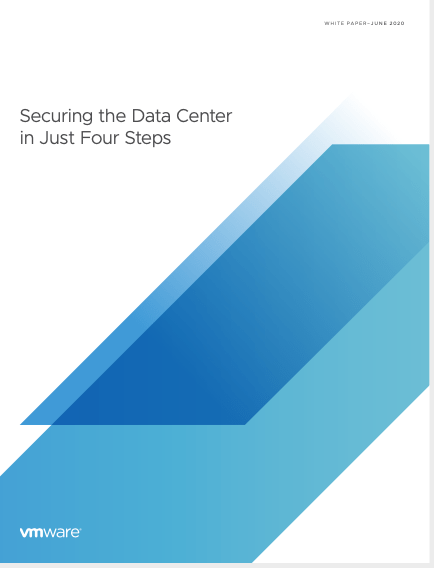Articles By: VMware
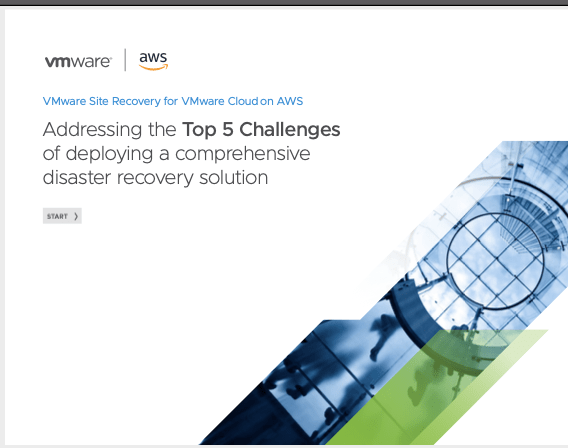
Addressing Top 5 Challenges of Deploying Comprehensive Disaster Recovery Solution
Even a minor outage can put organizations at a competitive disadvantage, especially in today’s markets. In order to succeed, it is important to have a business continuity strategy in place that protects all data and applications from unplanned system failures.
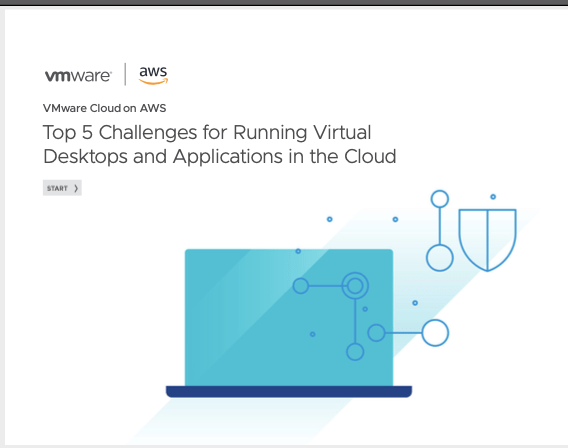
Top 5 Challenges for Running Virtual Desktops and Applications in the Cloud
Organizations are moving to the public cloud in order to respond quickly changing business needs, increase agility and expand global deployment options. Migrating or extending workloads to the cloud brings exception flexibility and cost control however, managing and maintaining cloud and hybrid environments adds IT complexity.

Abandon Decades-Old TCP Dump for Modern Troubleshooting
Are you tired of troubleshooting with TCPdump? The Avi Vantage Platform is here to help. Learn how you can abandon your decades-old CPU-intensive logging tools – and gain intuitive, real-time analytics, faster time-to-resolution, modern SSL encryption, and (most importantly) happy IT teams focused on delivering applications.
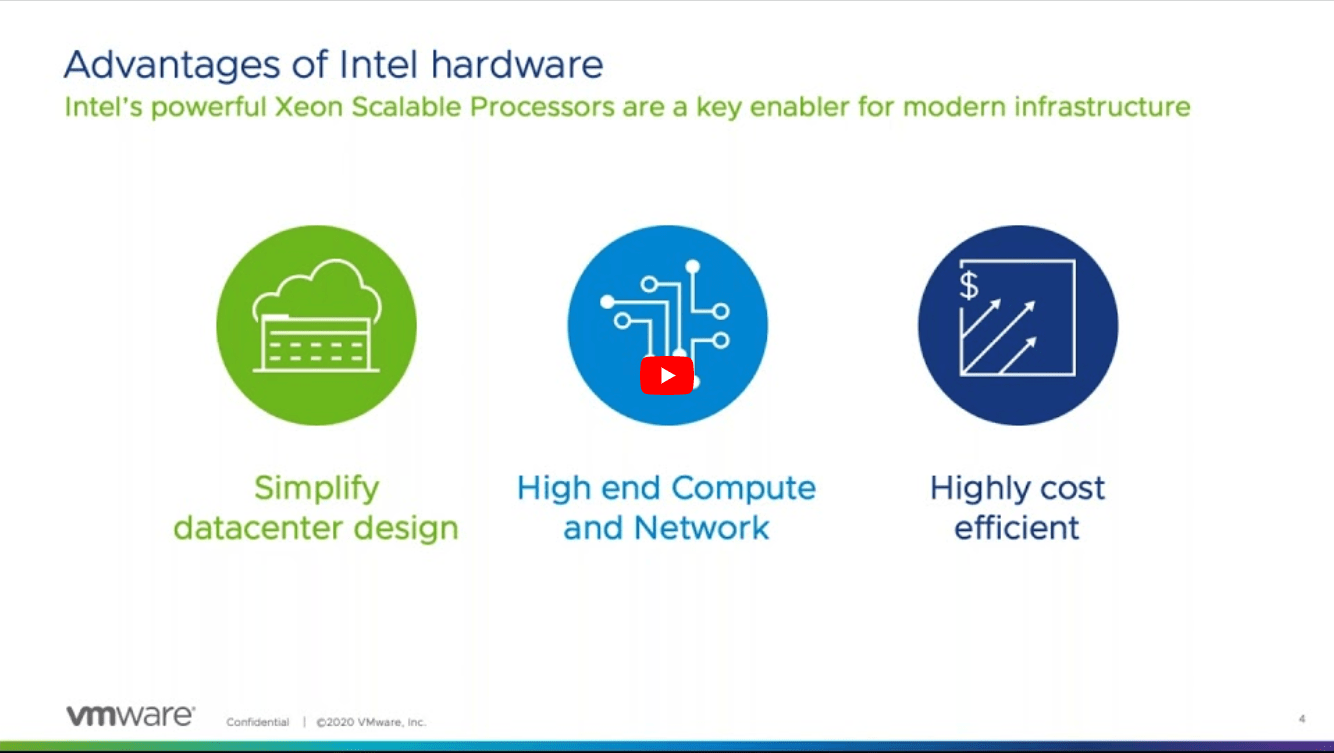
Elastic Load Balancing Powered by Intel Xeon Scalable Processors
Traditionally hyper-scale applications have been deployed on ultra-high-end, specialized hardware which are statically provisioned. These legacy appliances are not built for the cloud era – rigid to scale, hard to manage and expensive to operate.
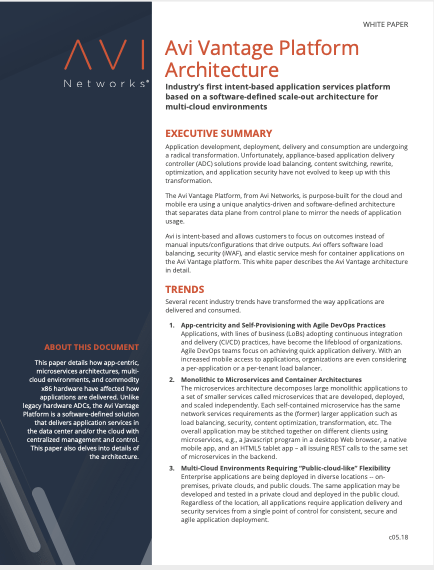
Avi Vantage Platform Architecture
Understand the architecture behind the industry’s first software-based, multi-cloud load balancer. You will realize the limitations of legacy solutions based on hardware appliances that are not built for modern applications.
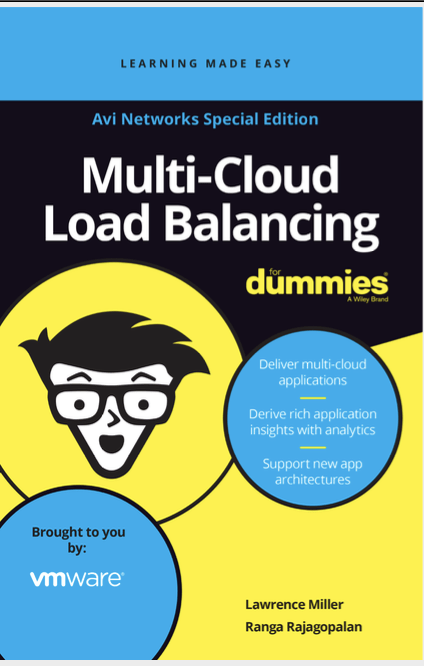
Multi-Cloud Load Balancing For Dummies
You need a modern software load balancer which separates the data and control plane to deliver application services beyond traditional load balancing solutions.
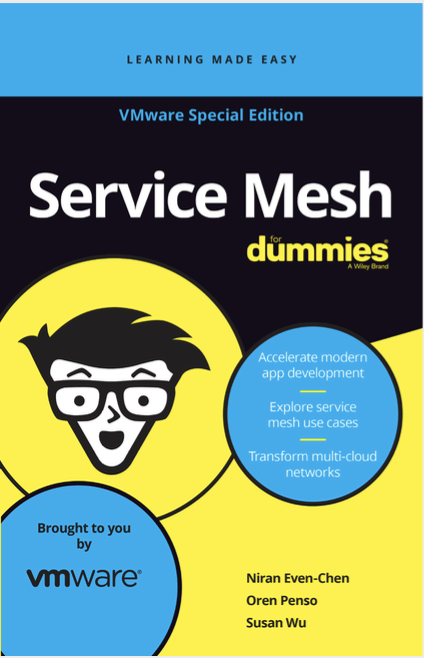
Service Mesh for Dummies Guide
Running Kubernetes? Explore service mesh to simplify the process of connecting, protecting, and monitoring your microservices. A service mesh is an abstraction layer that takes care of service-to-service communications, observability, and resiliency in modern, cloud-native applications.


